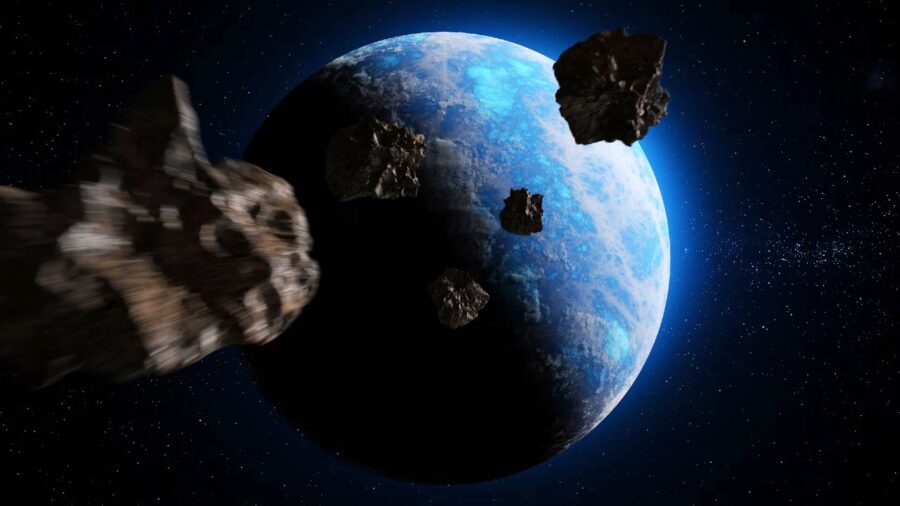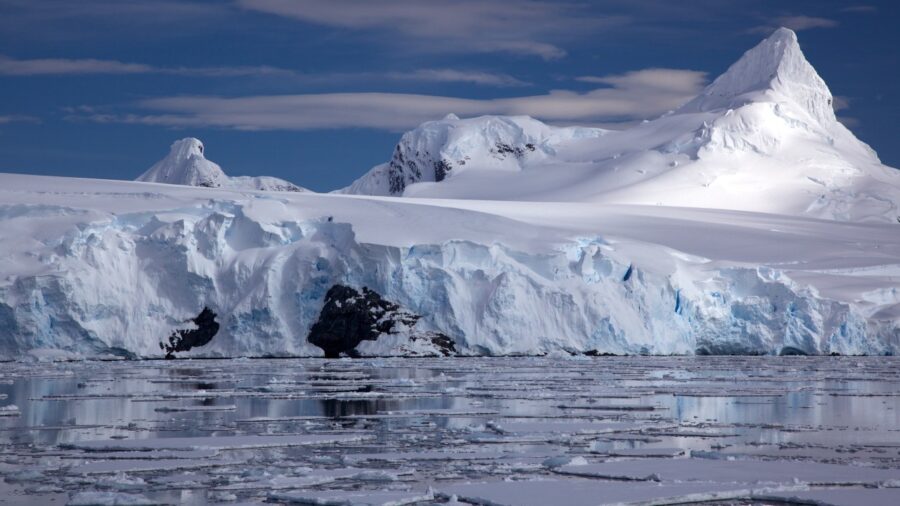Earth Used To Have Rings Like Saturn

While Earth doesn’t have rings now, it’s likely that sometime in its distant past, Earth had rings just like Saturn. The terrestrial planets in our solar system, Earth, Mars, Mercury, and Venus, don’t have rings, while the gas giants, Jupiter, Saturn, Uranus, and Neptune, do have rings. Scientists aren’t certain why this phenomenon occurs, but they are almost certain that Earth did have rings at some point.
Rings From Asteroid Debris

Earth had a near miss with a Mars-sized object about 466 million years ago during what’s known as the Ordovician period. The asteroid broke up to form a ring of debris like the one around Saturn. The ring lasted for a relatively short amount of time cosmically speaking, approximately 40 million years. Parts of the debris ring then descended to Earth, causing at least 21 impact craters within 30 degrees of the equator.
The Proof May Be In The Equator

Researchers first posited that the ring of craters could have been caused by debris raining down from an impact with an asteroid, but a new study indicates that the craters were caused by debris from a near-miss with an asteroid. The pitting on Earth near the equator suggests that the impacts occurred in a ring formation, further advancing the idea that Earth, like Saturn, had rings.
Since it’s unlikely that meteors hit Earth 21 times on only 30 percent of the planet’s surface throughout a 40 million-year period at random, the conclusion the planetary sciences researchers reached is that the impacts were caused by a debris ring.
Effect On Climate

The new theory that Earth had Saturn-like rings also has major implications for our understanding of how cosmic events shaped Earth’s climate. The rings around Earth likely caused a significant amount of shading from the Sun, cooling the planet and potentially contributing to what’s called the Hirnantian Icehouse. This period is one of the coldest that planet Earth has experienced and researchers are examining how this discovery about how our climate was shaped affects current climate science.
Studying Impact Craters

To determine if the debris that struck Earth originated like the rings of Saturn, from a debris ring, the scientists studied the dispersal pattern of the meteor cluster by analyzing the meteor impacts on parts of the Earth’s surface that have been largely undisturbed since the Ordovician period.
North America, Western Australia, and Europe were studied, allowing the Earth and Planetary scientists to determine where the impact craters from meteor strikes were located during the Ordovician period. All of the impact craters were clustered within 30 degrees of the equator, even though all of the surface was exposed at the time, meaning that there was something apart from chance causing the strikes to form a pattern.
Where Did The Ring Go?

The asteroid came within Earth’s Roche limit, the closest an object can come to a planetary body without the planet’s gravitational field causing it to break apart, and the asteroid subsequently broke apart, forming a debris ring around Earth’s equator. The debris slowly fell to Earth over the next 40 million years, causing a ring of impact craters near the equator.
Source: Earth and Planetary Science Letter









